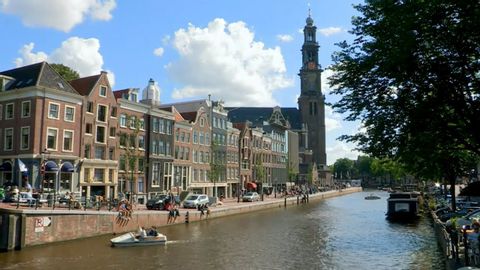
Subtitles & vocabulary
Video vocabulary
people
US /ˈpipəl/
・
UK /'pi:pl/
- Noun (Countable/Uncountable)
- Persons sharing culture, country, background, etc.
- Men, Women, Children
- Transitive Verb
- To populate; to fill with people.
A1
More build
US /bɪld/
・
UK /bɪld/
- Noun
- Your physical shape; physique
- The process of construction.
- Transitive Verb
- To establish e.g. a reputation, over time
- To construct a house, office, factory
A1TOEIC
More century
US /ˈsɛntʃəri/
・
UK /'sentʃərɪ/
- Noun (Countable/Uncountable)
- Period of 100 years
- In cricket, a score of 100 or more runs in a single innings by a batter.
A1
More district
US /ˈdɪstrɪkt/
・
UK /'dɪstrɪkt/
- Noun (Countable/Uncountable)
- Area of a country, city, or town
- A region or area known for a particular activity, industry, or feature.
A2
More Use Energy
Unlock All Vocabulary
Unlock pronunciation, explanations, and filters
